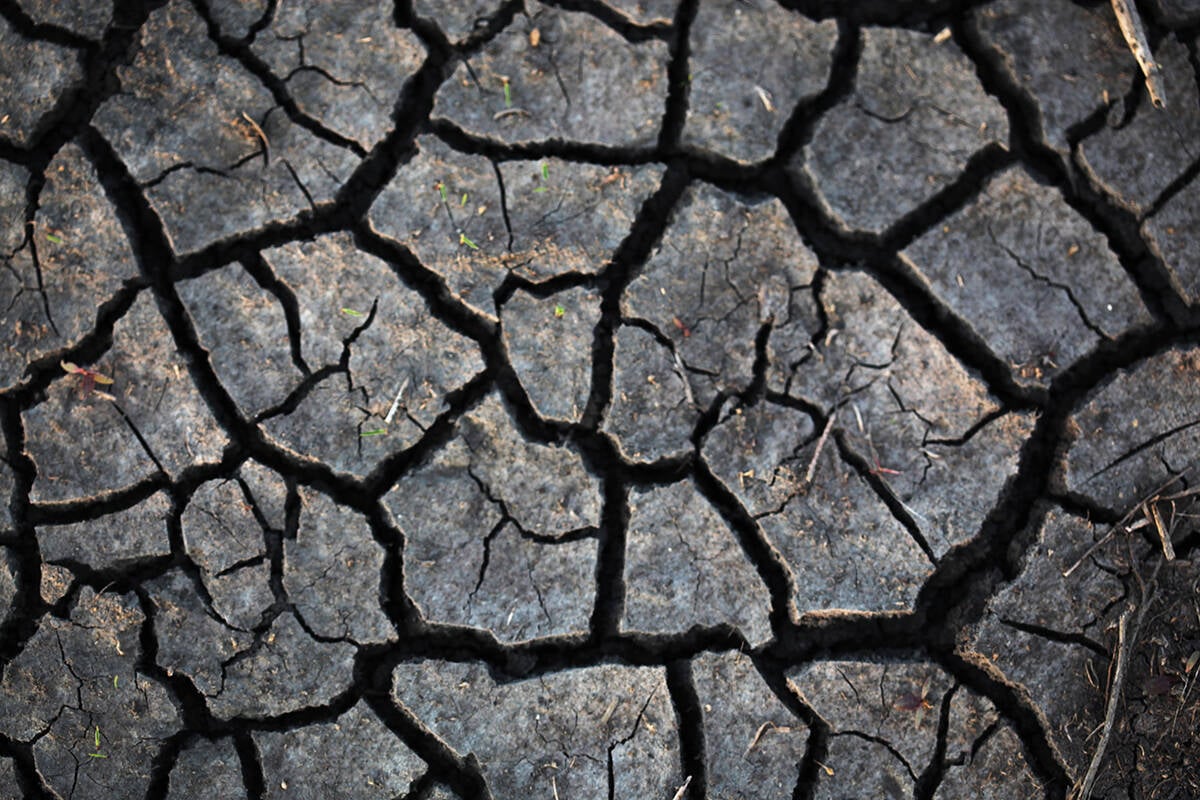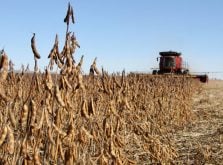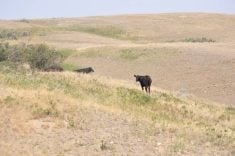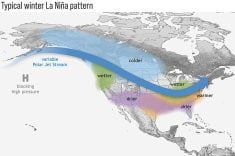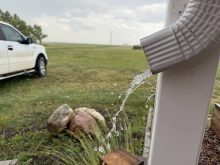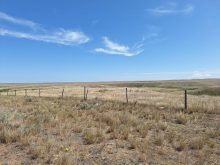The weather pattern over the past two months has been quite consistent, but that may lead to some issues for the 2026 growing season.
A ridging pattern on the Prairies since the beginning of September has left the western growing areas very dry.
A large portion of Alberta and western Saskatchewan have received less than 40 per cent of long-term average precipitation, while a series of low-pressure systems that moved through the eastern Prairies resulted in amounts that were generally 115 to 200 per cent of normal.
Read Also

Phosphate prices to remain high
Phosphate prices are expected to remain elevated, according to Mosaic’s president.
The dry weather in the west was welcome for preserving grain quality and advancing harvest, but it has resulted in very dry soil moisture conditions.
The final crop report for 2025 from Alberta indicated that subsoil moisture supplies were rated at only 18 per cent good to excellent.
The latest crop report from Saskatchewan rated topsoil moisture levels at 64 per cent short to very short in southwestern regions. West-central Saskatchewan was rated at 77 per cent short to very short.
Conversely, the eastern Prairies are dealing with excess moisture over the same period, which caused harvest delays and resulted in some quality issues with the grain and pulse crops.
The positive side of the rainfall has been a dramatic turn around in soil moisture conditions.
Southeastern Saskatchewan reports that 81 per cent of the region has adequate to surplus soil moisture levels. Manitoba soil moisture levels are variable, but recent rain has boosted subsoil moisture levels to the wet and very wet ratings in the southern areas of the province.
Moisture during the growing season was mostly below normal across the Prairies, with the only surplus moisture reported in the southern Prairies.
Parts of southern Alberta, southeastern Saskatchewan and western Manitoba received 20 to 60 millimetres above the long-term average. The remainder of the Prairies received 15 to 150 mm less than normal through the growing season.
The largest deficits were reported in northern Alberta, the Peace River region and the northern Interlake region of Manitoba.
The northern Prairies have a substantial soil moisture deficit going into the winter season. Above normal snowfall this winter is needed to help boost topsoil moisture levels for planting the 2026 crop.
La Nina is expected to be present this winter, which would normally be positive news for northern growing areas. It should bring above normal precipitation amounts to the northern Prairies during the winter season.
Unfortunately, there is no consensus on the development of La Nina during this winter season.
The National Oceanic and Atmospheric Administration in the United States is indicating that La Nina will occur by December. Conversely, the Australian Bureau of Meteorology expects a neutral temperature regime to prevail in the central Pacific Ocean.
This leaves even more uncertainty about winter precipitation forecasts than in previous years.

